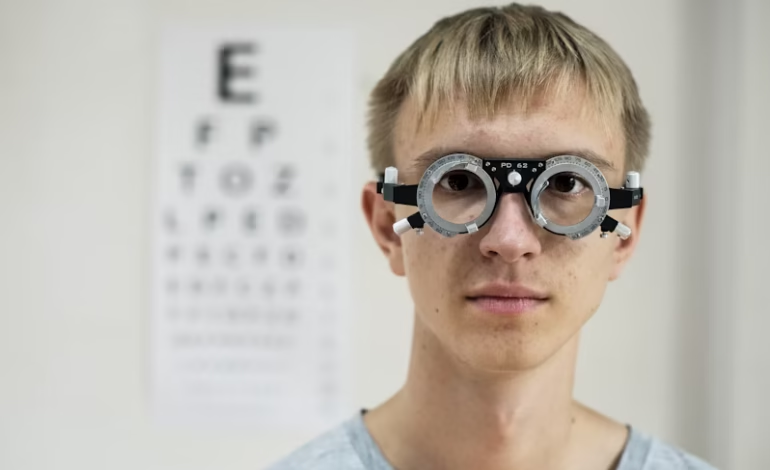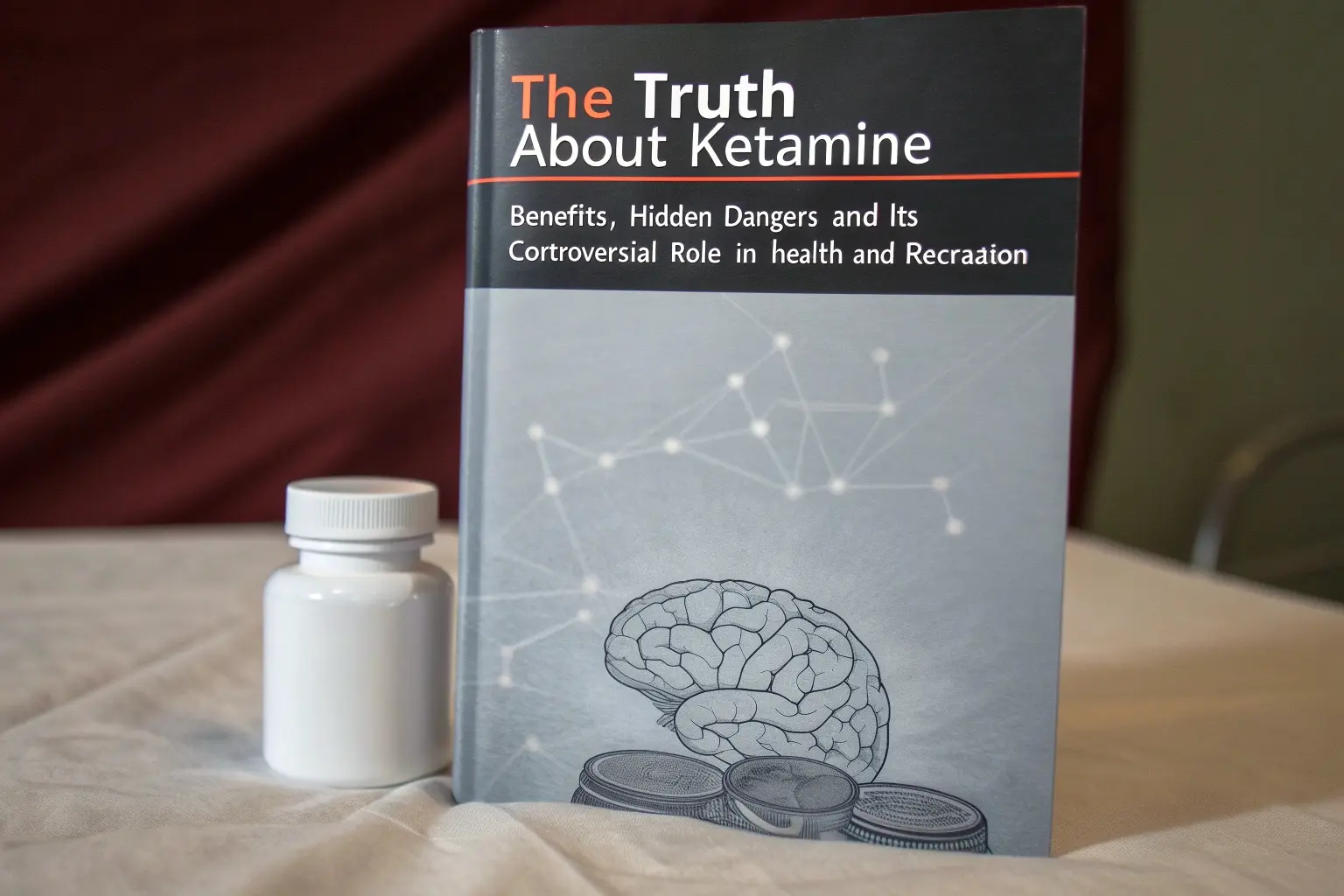Eye Disease, Vision Health, and Blindness: What You Need to Know
Our eyes are often taken for granted — until something goes wrong. Whether it’s struggling to read street signs at night or waking up with blurry vision, issues with our

Our eyes are often taken for granted — until something goes wrong. Whether it’s struggling to read street signs at night or waking up with blurry vision, issues with our eyesight can be scary and life-changing. Maintaining good vision health through regular check-ups and healthy habits is essential for preserving your quality of life.
Eye disease is one of the leading causes of disability worldwide, and many types of vision loss are preventable with early detection and the right care. In this article, we’ll explore the most common types of eye disease, how vision loss happens, and what you can do to protect your sight.
How Common Is Vision Loss?
According to the World Health Organization (WHO) and the CDC, more than 2.2 billion people globally have a vision impairment or blindness. In the U.S. alone, over 12 million adults over age 40 are affected by visual problems — and many don’t know it.
Maintaining good vision health through regular check-ups and preventive care is key to detecting issues early.
“Vision loss doesn’t happen overnight. Most serious eye diseases progress slowly and silently,” says Dr. Marianne Fulton, a board-certified ophthalmologist. “That’s why regular eye exams are crucial — even if you think your vision is fine.”

The Most Common Eye Diseases That Can Lead to Vision Loss
1. Cataracts
- Clouding of the eye’s natural lens
- Leading cause of blindness globally
- Common in aging adults but also linked to diabetes, smoking, and UV exposure
- Treatment: Surgical removal and replacement with a clear artificial lens
2. Glaucoma
- A group of conditions that damage the optic nerve, usually from high eye pressure
- Often has no early symptoms (“silent thief of sight”)
- Vision loss is irreversible
- Regular screening is critical for early detection
3. Age-Related Macular Degeneration (AMD)
- Affects the macula, the part of the retina responsible for central vision
- Leading cause of vision loss in adults over 60
- Dry AMD progresses slowly; wet AMD is more severe and requires immediate treatment
4. Diabetic Retinopathy
- A complication of diabetes that damages blood vessels in the retina
- Can cause blurred vision, floaters, and blindness if untreated
- Blood sugar control and yearly eye exams are vital
5. Retinal Detachment
- When the retina pulls away from the back of the eye
- Medical emergency — can lead to permanent blindness if not treated quickly
- Symptoms: sudden flashes, floaters, or a “curtain” over your vision
6. Refractive Errors
- Nearsightedness, farsightedness, astigmatism, and presbyopia
- Most common vision problems and easily corrected with glasses, contacts, or surgery
What Causes Blindness?
Blindness can result from untreated or advanced forms of the above conditions, as well as:
- Infections (e.g., trachoma, herpes simplex keratitis)
- Eye injuries or trauma
- Genetic disorders (like retinitis pigmentosa)
- Stroke or brain injury affecting vision centers
- Lack of access to care in underserved communities
Which Vision Symptoms Require Immediate Medical Attention?
If you experience any of the following, seek medical attention right away:
- Sudden vision loss in one or both eyes
- Flashes of light or a sudden increase in floaters
- Severe eye pain or redness
- Double vision
- A curtain-like shadow in your vision
- Difficulty seeing at night or with glare
- Frequent changes in prescription glasses
Who’s Most at Risk?
You’re at higher risk for vision loss if you:
- Are over 60
- Have diabetes or high blood pressure
- Are African American, Hispanic, or Native American (higher risk for glaucoma and diabetic retinopathy)
- Have a family history of eye disease
- Smoke or have prolonged UV exposure
- Skip annual eye exams
“Even if you have 20/20 vision today, if you’re over 40, you should start getting yearly comprehensive eye exams,” says Dr. Kevin Zhang, an optometrist specializing in aging vision care.
Read about: Everything You Need to Know About Pink Eye: Causes, Natural Remedies, and How to Stop the Spread
How to Protect Your Vision
Protecting your eyesight is about daily habits and proactive health care.
Get Regular Eye Exams
- Every 1–2 years after age 40
- Yearly if diabetic or high-risk
Eat for Eye Health
- Leafy greens, sweet potatoes, carrots, fatty fish, eggs, and citrus fruits
- Rich in lutein, zeaxanthin, omega-3s, and vitamins A, C, and E
Manage Chronic Health Conditions
- Keep blood sugar, blood pressure, and cholesterol under control
Wear Sunglasses
- Choose lenses with 100% UVA and UVB protection to prevent cataracts and macular damage
Don’t Smoke
- Smoking doubles the risk of AMD and worsens nearly all forms of eye disease
Use Eye Protection
- Wear safety goggles for sports, construction, or home improvement work
Limit Screen Time
- Follow the 20-20-20 rule: every 20 minutes, look at something 20 feet away for 20 seconds
Can Blindness Be Reversed?
Unfortunately, most causes of complete blindness cannot be reversed once the optic nerve or retina is permanently damaged. However, early treatment of many conditions can prevent it. Prioritizing regular eye care and healthy habits is essential for maintaining long-term vision health.
Assistive devices (like screen readers, magnifiers, and smart glasses), low vision therapy, and support groups help individuals adapt to vision loss.
Some Thoughts
Your vision is a gift — and one that’s worth protecting. Eye diseases don’t always come with warning signs, but regular care, smart habits, and staying informed can keep your eyes healthy well into old age.
If it’s been more than a year since your last eye exam, consider this your reminder. Don’t wait for symptoms to take your sight — take action before you ever notice a problem.








